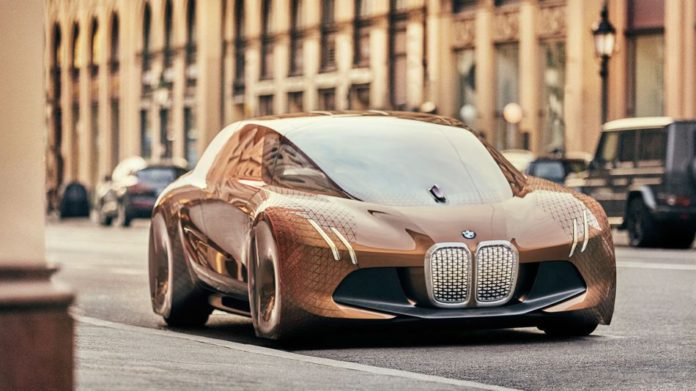Daimler AG — the parent company of Mercedes — and the German automotive giant, Bosch, had announced a joint venture (JV) earlier this year. The JV was aimed at making the dream of a completely driver-less car, if not then at least an autonomous or robo-car, a reality. As per the announcement, the cars will start rolling out earliest by 2021.
The human race has come a long way from riding horses to commute to driving cars, but the road from assisted driving to driver-less car is just as long and complicated. This is why almost every automotive manufacturer is teaming up with tech giants to put autonomous, and more ambitiously, driver-less vehicles on the road as soon as possible. The situation as of now sees Ford leading the race to autonomous vehicles, followed closely by General Motors, Daimler, Renault-Nissan, and Waymo.
The following various levels of autonomy can help you gauge the difficulty car manufacturers and tech giants are facing:
Level 1: Vehicles can help the driver in avoiding accidents using semi-autonomous features like forwarding collision warning and auto-braking. Models like Ford Fusion and Toyota Camry already have these features.
Level 2: Automated systems allow the driver to briefly hand over the control to the autopilot mode, as seen in Tesla’s Model S, Volvo’s XC90, and Mercedes-Benz’s updated E-class.
Level 3: The system enables the cars to travel hands-free but an operator will be required to take control in case of any emergency. Tesla plans to upgrade their autopilot to level 3 by the end of this decade. Nissan also promises to start production of level-3 models by 2020.
Level 4: Cars will look like the ones shown in sci-fi movies. Without a steering wheel, pedals or any other driving controls, these vehicles will live up to their driver-less reputation. Geo-fencing will be used to restrict their operations in various situations and areas.
Level 5: This is the highest tier system with the ability to go driver-less anywhere and anytime, without any human intervention whatsoever.
Sadly, an advanced solution like this most probably will be so expensive that it will be reserved just for ride-sharing vehicles and delivery services fleet rather than for individual customers. Such vehicles will require a mix of radar, sonar, camera, LIDAR, high definition and 3D laser sensors. The current vision is quite simple: Enable the cars to drive themselves to bring down the cost of each ride to a point where it will be economically irresistible to consumers. Even Ford is aiming at ride-sharing vehicles and delivery fleets. Retail models will only follow if the production cost meets a significant decline.
This dream might still be decades away, but we need to adjust our priorities and rethink transportation infrastructure accordingly. According to Seba, author of Clean Disruption of Energy and Transportation,”When the iPhone came out in 2007, many wondered who would spend hundreds on something called a smartphone, and now we can’t imagine our lives without them. It’s going to be the same with electric AVs. The adoption curve will be super-exponential.”
Researchers and studies also predict that:
- 95% of US passenger miles will be served by electric AVs owned by transportation service providers.
- An average household will save up to $5,600 annually by switching to electric AV services.
- 60% of vehicles on the road will be dedicated to transportation services.
- Autonomous vehicles will reduce highway accidents by up to 90%.
- Fatalities could eventually drop to zero percent from an average of 35,000 annually.
Uber’s CEO believes that autonomous ride-sharing vehicles will bring the cost of his services down to such an extent that it will be more feasible to hail a cab than to own a vehicle. Ride and car-sharing has the potential to cut sharply into the sales of vehicles in coming years, with a $1 trillion boost in disposable income.


















